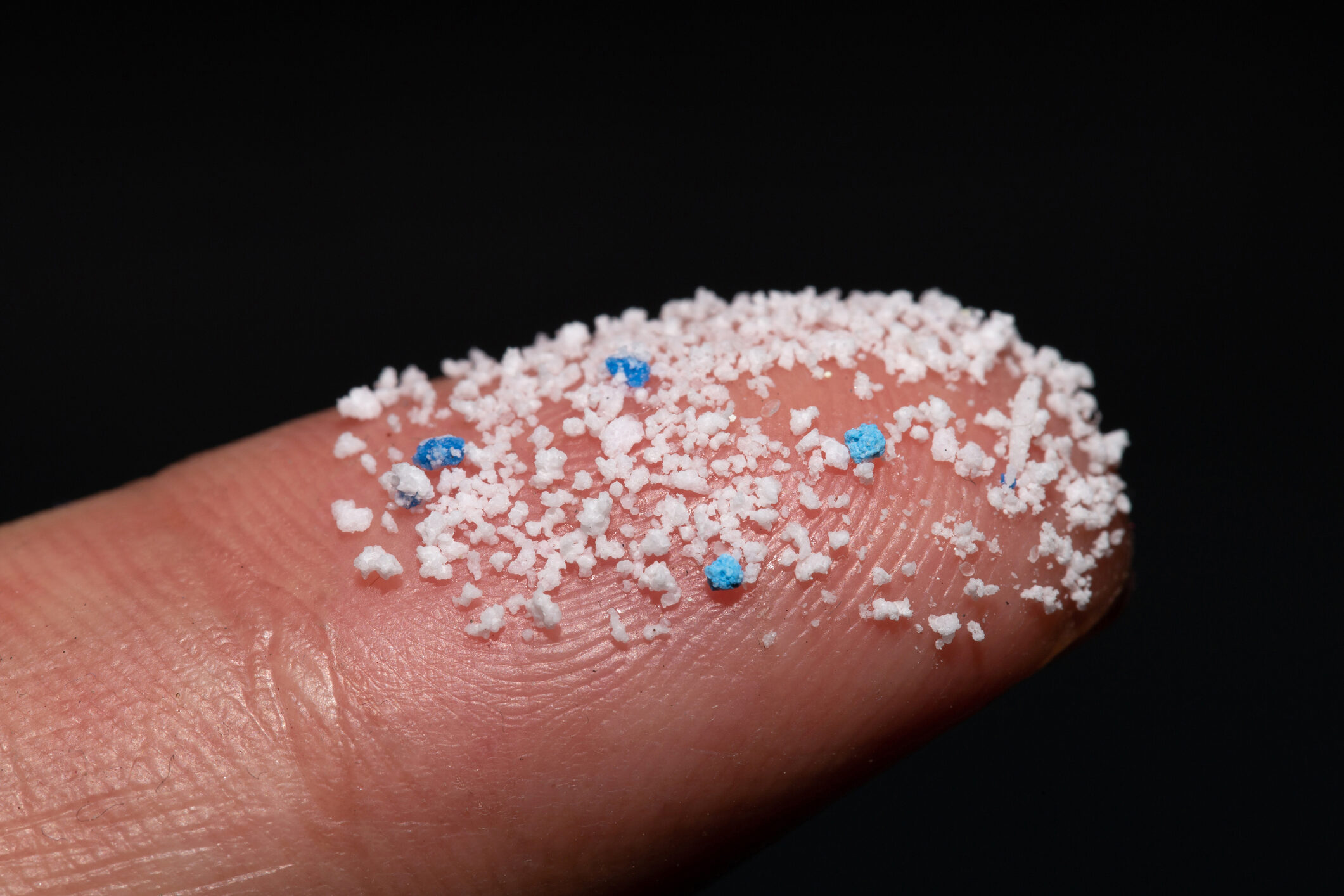Free Shipping to the USA & UK
Free Shipping to the USA & UK

When it comes to kitchen essentials, plastic cutting boards are often a popular choice due to their affordability and ease of cleaning. However, one major issue often overlooked is the potential for microplastic contamination. As our awareness of microplastics grows, it's time to take a closer look at the downsides of plastic cutting boards, particularly their contribution to microplastic pollution in our food and environment.
Every time you cut or chop on a plastic cutting board, your knife creates grooves and scratches in the surface. Over time, these grooves release tiny plastic particles, known as microplastics, which can end up in your food. These microplastics are invisible to the naked eye but can be ingested, raising concerns about their potential impact on human health. As microplastics have been found in water, air, and food, using plastic cutting boards only adds to this growing problem.
Research suggests that microplastics can carry harmful chemicals, including endocrine disruptors, which may affect hormones and overall health. Though more studies are needed to fully understand the risks, avoiding microplastic exposure when possible is a wise choice.
Aside from the issue of microplastics, the deep grooves created by knife use can trap food particles and juices, making plastic cutting boards a potential breeding ground for harmful bacteria like E. coli and Salmonella. Even after cleaning, bacteria can hide in these scratches, increasing the risk of cross-contamination. Over time, plastic cutting boards become harder to sanitize properly, making them less safe for preparing raw meat and other foods.
Plastic cutting boards, especially those made from softer plastics, degrade quickly with regular use. As the surface wears down, it not only releases more microplastics but also loses its durability. These boards need to be replaced frequently, which contributes to environmental waste and ongoing microplastic pollution. Unlike wood or bamboo boards, which can last for years with proper care, plastic boards often have a shorter lifespan.
Plastic cutting boards contribute to environmental damage beyond the kitchen. Once they are worn out and discarded, they end up in landfills or oceans, breaking down into smaller pieces that eventually become microplastics. These particles persist in the environment for hundreds of years, affecting marine life and ecosystems. As the world becomes increasingly aware of the dangers of plastic pollution, it's essential to reconsider the use of disposable plastic kitchen tools.
Some plastic cutting boards contain chemicals like BPA, which can leach into your food, especially when exposed to heat or acidic ingredients. Though many boards are now marketed as BPA-free, other chemicals used in plastic manufacturing still pose potential health risks. Combined with the issue of microplastics, plastic cutting boards may expose your food to unwanted chemicals over time.